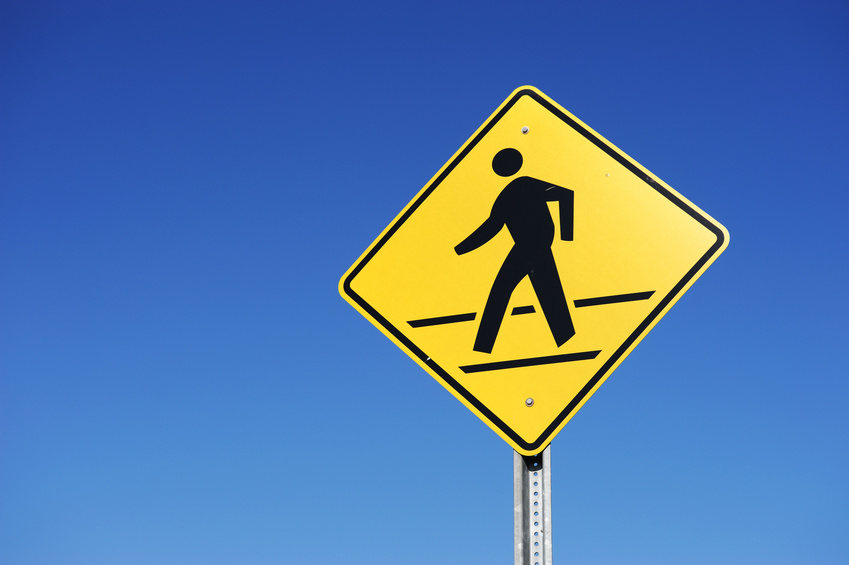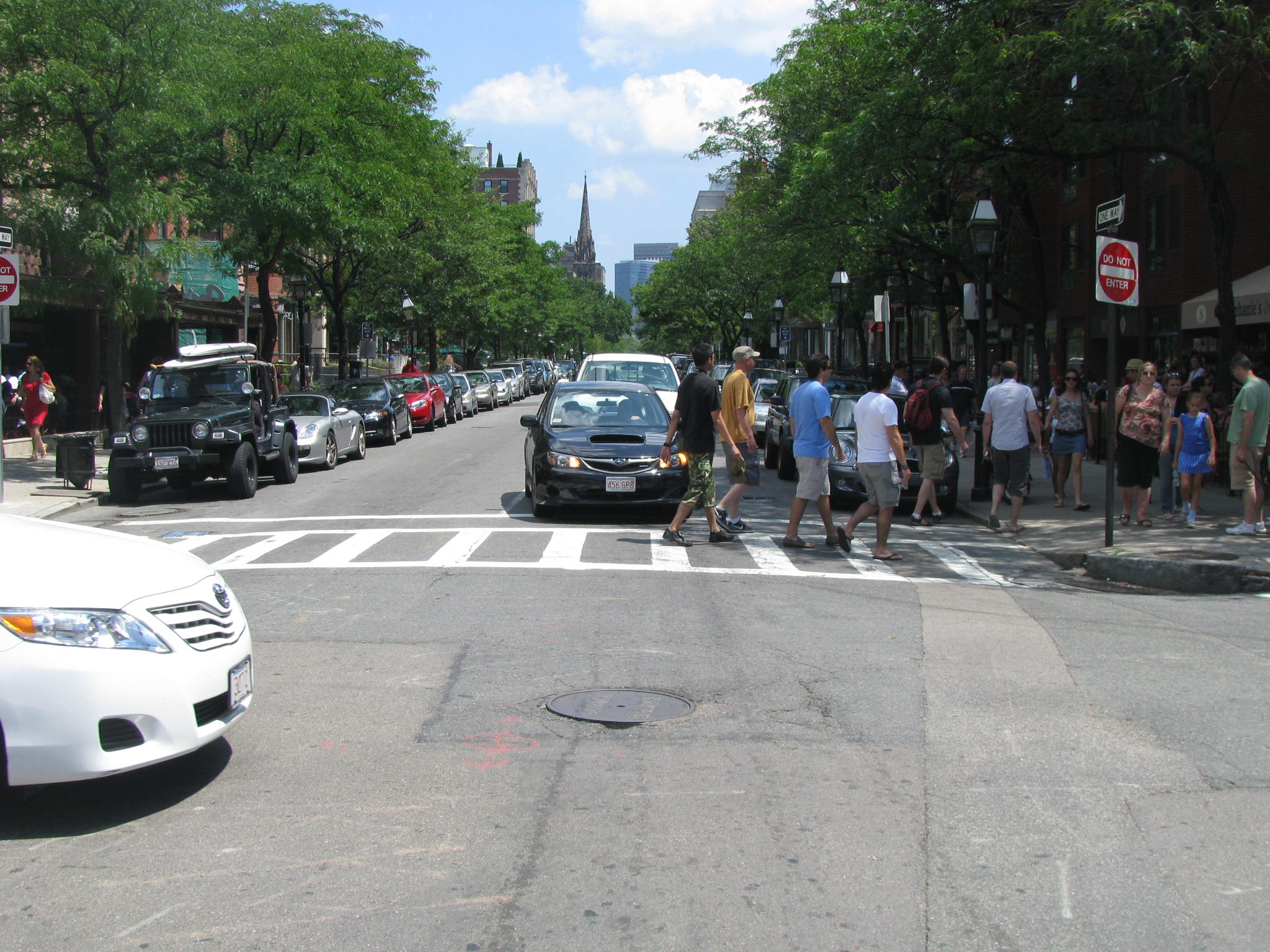City maps serve as invaluable tools for navigation, exploration, and understanding the layout of urban areas. Rochester, New York, a vibrant city steeped in history, has undergone significant transformations over the years. This article delves into the rich history of city maps of Rochester, tracing their evolution and showcasing the role they played in shaping the city’s development. From early cartographic endeavors to modern digital mapping technologies, let us embark on a journey through time to explore the fascinating history of city maps in Rochester, NY.

- The Early Cartographic Endeavors:
The origins of city mapping in Rochester can be traced back to the early 19th century when the city was taking its first steps towards urbanization. In 1812, Rochester was officially incorporated, and a series of rudimentary hand-drawn maps emerged, capturing the initial layout of the city. These early maps of Rochester NY were crafted by cartographers who meticulously sketched the city’s streets, landmarks, and topographical features. While basic in their representation, these maps provided a foundation for future cartographic endeavors.
- The Flour City Flourishes on Maps:
With the growth of the flour milling industry in the mid-19th century, Rochester earned the moniker “Flour City” and experienced a significant population boom – bringing many more families to the city. As the city expanded, so did the complexity of its cartographic depictions. Surveyors and mapmakers sought to accurately represent the changing landscape and urban fabric of Rochester. Detailed maps emerged, showcasing not only the city’s streets and districts but also the location of mills, factories, and other prominent landmarks. These maps were crucial in facilitating trade, transportation, and urban planning during Rochester’s industrial heyday.
- The Influence of Urban Planning:
In the late 19th and early 20th centuries, urban planning gained prominence in Rochester, shaping the city’s infrastructure and development. Rochester NY City maps played a vital role in visualizing proposed changes and communicating them to the public. Notable figures like Frederick Law Olmsted, renowned landscape architect, contributed to the city’s urban planning efforts. His designs for parks and green spaces were integrated into city maps, showcasing a harmonious balance between nature and urbanization. These maps reflected the evolving vision for Rochester as a well-planned and aesthetically pleasing city.
- Technological Advancements and Digital Mapping:
The advent of the 20th century brought forth advancements in mapping technologies. The traditional hand-drawn maps gave way to more accurate and efficient cartographic methods. The introduction of aerial photography and the use of geographic information systems (GIS) revolutionized mapmaking. Rochester’s city maps began incorporating aerial imagery, allowing for a bird’s-eye view of the city and its surroundings. GIS technology enabled the creation of interactive digital maps, providing users with dynamic and customizable layers of information.
- Modern-Day Navigation and Innovation:
In the digital age, city maps have become easily accessible through various online platforms and mobile applications. Rochester’s city maps have evolved into comprehensive resources, providing real-time navigation, points of interest, and dynamic updates on traffic patterns. Mobile apps like Google Maps and Apple Maps have transformed the way people navigate and explore the city, offering turn-by-turn directions, public transportation information, and user-generated reviews.
Conclusions on Rochester NY:
The history of city maps in Rochester, NY, is a testament to the city’s growth, development, and changing urban landscape over the centuries. From the early hand-drawn maps capturing the city’s infancy to the sophisticated digital maps of today, these cartographic representations have been indispensable in shaping Rochester’s progress. As technology continues to advance, the future of city mapping in Rochester holds exciting possibilities, promising even more precise and user-friendly tools for residents and visitors alike to navigate and appreciate the Flour City’s ever-evolving charm.
Mapping the World: A Journey through the History of Maps
Maps have been an integral part of human civilization, serving as invaluable tools for exploration, navigation, and understanding the world around us. From ancient cave drawings to modern digital cartography, maps have evolved alongside human knowledge, technology, and the quest for geographical understanding. This section takes you on a captivating journey through the history of maps, tracing their origins, milestones, and significance in shaping our perception of the world.
- Ancient Beginnings: Mapping in Early Civilizations
The origins of maps can be traced back thousands of years to the ancient civilizations of Mesopotamia, Egypt, and China. Early maps took the form of simple sketches on clay tablets, papyrus scrolls, or carved on cave walls. These primitive maps primarily focused on local areas, landmarks, and celestial observations. Notably, the Babylonians developed the first known world map, the Imago Mundi, showcasing their understanding of the Earth’s shape and its surrounding regions.
- Greek Contributions: Ptolemy and the Rise of Cartography
During the Hellenistic period, the Greek scholar Claudius Ptolemy made significant contributions to the field of cartography with his seminal work, the “Geographia.” Ptolemy’s geocentric view of the world, along with his meticulous calculations of latitude and longitude, laid the foundation for mapmaking in the Western world for centuries to come. His maps, although not always accurate, incorporated intricate details, including cities, rivers, and mountains, based on existing knowledge and travel accounts.
- Medieval Cartography: A Blend of Science and Symbolism
The Middle Ages saw a fusion of scientific knowledge, religious beliefs, and artistic representation in mapmaking. Mappa mundi, or world maps, were created during this period, often taking the form of intricate manuscripts. These maps were characterized by their symbolic depictions of biblical events, legendary creatures, and religious symbolism. Notable examples include the Hereford Mappa Mundi and the Ebstorf Map, which offer fascinating insights into the medieval worldview.
- Age of Exploration: Mapping the New World
The Renaissance and the Age of Exploration ushered in a new era of mapmaking. As European explorers set sail to discover new lands and trade routes, cartographers played a crucial role in documenting and disseminating their findings. Maps such as Martin Waldseemüller’s world map and Gerardus Mercator’s projection revolutionized the way the world was represented. The accuracy of maps improved significantly during this period, as explorers incorporated actual survey data, nautical charts, and celestial observations into their cartographic endeavors.
- Technological Advancements: From Print to Digital
The invention of the printing press in the 15th century revolutionized map production, enabling the mass dissemination of maps to a broader audience. The Age of Enlightenment further fueled the advancement of cartography, with explorers and scientists like James Cook and Alexander von Humboldt contributing to accurate and detailed maps. The 19th and 20th centuries witnessed further innovations, including topographic mapping, aerial photography, and the development of Geographic Information Systems (GIS). In recent decades, digital mapping technologies, such as satellite imagery, GPS, and interactive mapping software, have transformed how we perceive and interact with maps.
- Maps in the Modern Era: Beyond Navigation
In the modern era, maps have expanded beyond their traditional role in navigation. They now serve diverse purposes, from urban planning and environmental management to data visualization and spatial analysis. Maps have become essential tools in fields such as epidemiology, transportation planning, and disaster management, providing valuable insights and aiding decision-making processes.
Conclusion:
The history of maps is a testament to humanity’s innate curiosity, thirst for knowledge, and desire to comprehend the world in which we live. From ancient cave drawings and Ptolemaic charts to modern digital mapping technologies, maps have evolved alongside human progress. They have shaped our understanding of geography, facilitated exploration, and empowered us to navigate our surroundings with confidence. As we continue to push the boundaries of cartography, embracing innovative technologies and data-driven approaches, the future of maps holds endless possibilities, ensuring that our collective journey of discovery will never cease.




